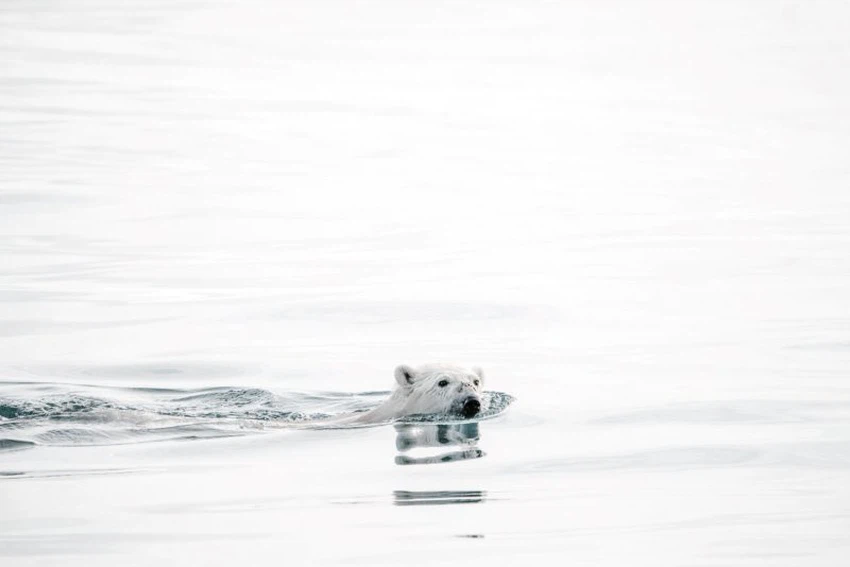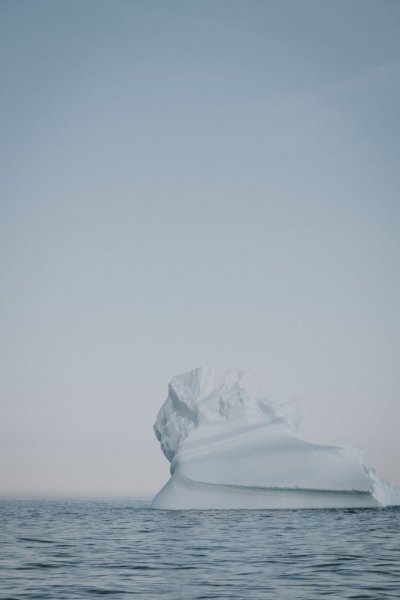What do people eat in the Earth's ice chest or the North Pole?
Arabia Weather - When talking about the Arctic, also known as the “Earth’s Ice Box,” we find that it is not just a geographic region, but rather a complex life system consisting of unique physical, biological, chemical, climatic, and nutritional dimensions. The Arctic Ocean is distinguished by its specificity, as it is unlike any other ocean. Another place on Earth, and the uniqueness of the surrounding lands is highlighted by its geographical location and unique climatic conditions.
The phenomenon of continuous days and long nights occurs in this region, where the sun rises once a year, and the day extends for 6 continuous months, while the night lasts for a similar period.
The average temperature in the long winter ranges from about -37 degrees Celsius in central Siberia, and between -34 to -29 degrees Celsius in the regions of North America, and the lowest temperature was recorded in the northern Greenland region, where it reached -70 degrees Celsius , according to the Encyclopedia Britannica. ".
The history of the population of these areas goes back to about 12 thousand years BC, and the “Inuit people” currently live there, with a total population of about 167 thousand people .
The Inuit are descendants of the Thule people, who settled western Alaska about a thousand years ago. They separated from the Aleut group about 4,000 years ago and moved east through the North Pole. These harsh environmental conditions raise questions about how the Inuit live, how they adapt to low temperatures and limited food sources, and what their health benefits are.

Inuit life
Changes in climate call for a different dietary approach than is common in regions with a more temperate climate, and in places with unique weather challenges, food sources become diverse and different from those typical of areas with a more typical climate. For example, Inuit in these areas rely on a traditional diet that includes seal, whale, polar bear, and caribou, often consumed raw, frozen, or dried.
This indigenous diet is characterized by being rich in vitamins and essential nutrients, which meet the needs of the population in the face of harsh cold conditions. In the context of life in these areas, meat from animals is consumed “from nose to tail” similar to the customs of their ancestors.
It is worth noting that the hunting of animals such as polar bears, seals, and whales is subject to strict control by countries, and strict quotas are imposed on hunters. In this context, countries such as Canada, Denmark, and Russia are showing effective regulatory models to maintain the sustainability of these natural resources.
Besides food consumption, inedible animal parts, such as fur and skins, are also used to make clothing and other products, which hunters can sell to generate some financial income.
Sheila Flaherty...a traveler bringing Inuit food to the world
Sheila Flaherty, a chef based in the Canadian Arctic region of Nunavut, wants to bring Arctic food culture around the world. Flaherty says:
“We live like ocean people, we hunt and slaughter intimately, we eat intimately. We live like peoples of the Arctic, and our Inuit homeland extends across the entire region.”
She demonstrates her current efforts in running the Sijjakkut restaurant in Iqaluit, Canada, which serves traditional Inuit foods, such as thinly sliced caribou liver, fermented seal fat, seal skin, and whale meat, and seeks to convey a glimpse of Inuit culture and enhance people's understanding of this. Unique diet.
Indigenous food dishes from the Arctic region, such as skerpikjøt , which is based on air-dried lamb, are notable examples. The meat develops a distinct flavor during drying that resembles the taste of blue cheese. In Greenland, the lamb is raised in the wild on rocky terrain. Fragranced with thyme, part of their unique food heritage.
Sheila Flaherty's efforts work as part of a broader movement to revive and promote local food culture among local people and promote it on a global level.

Benefits of the polar diet
- Rich sources of nutrients
The Polar Diet provides excellent sources of protein, long-chain fatty acids, selenium, iron and zinc, along with a wide range of vitamins such as A, D and E.
- Rich in Omega 3 acids
Reindeer meat has a crude fat content similar to beef, but has higher levels of polyunsaturated fatty acids (omega-3) , which promote heart and brain health.
- Promote physical activity
Hunting and preparing traditional foods is associated with increased physical activity, which reduces the risk of chronic diseases such as obesity and diabetes.
- Reducing the risk of chronic diseases
Eating traditional foods reduces the risk of chronic diseases, such as obesity and diabetes, and is encouraged by health authorities in Canada.
- Fighting brain and heart diseases
The polar diet reduces the risk of brain diseases such as Alzheimer's and dementia, and also protects against some types of cancer.
- Strengthen immunity
Eating seafood rich in Omega-3 enhances the body's immunity and reduces the risk of heart attacks and stroke.
Under the supervision of health authorities, adopting a polar diet can be effective for promoting health and improving quality of life.
Read also:
Is it normal to get swollen fingers every winter?
Merapi volcano in Indonesia spews clouds of ash days after its eruption
Sources:
Arabia Weather App
Download the app to receive weather notifications and more..



